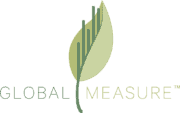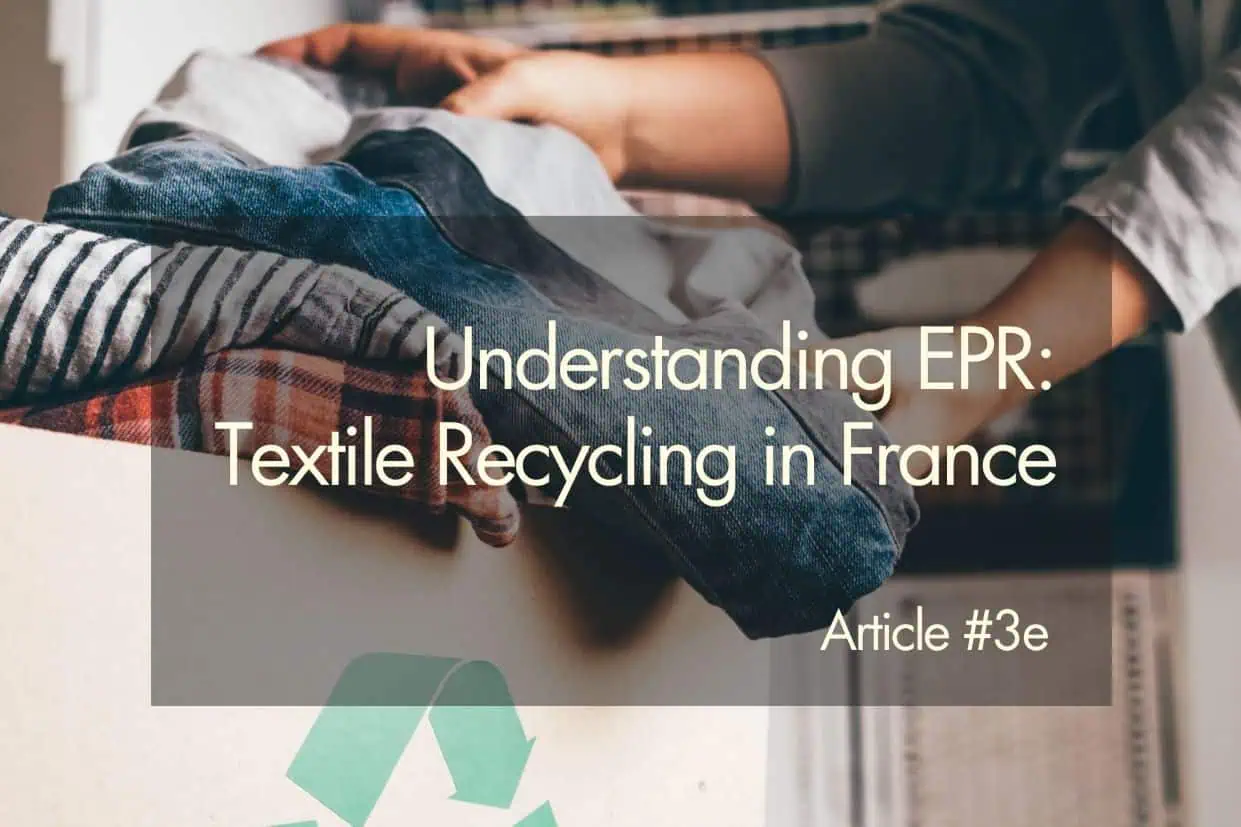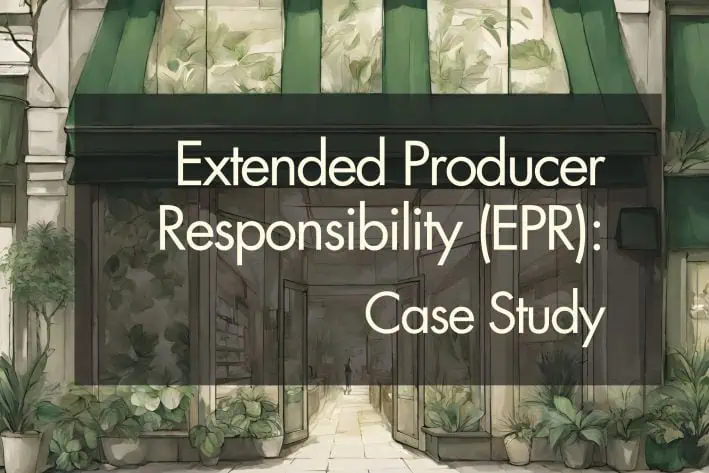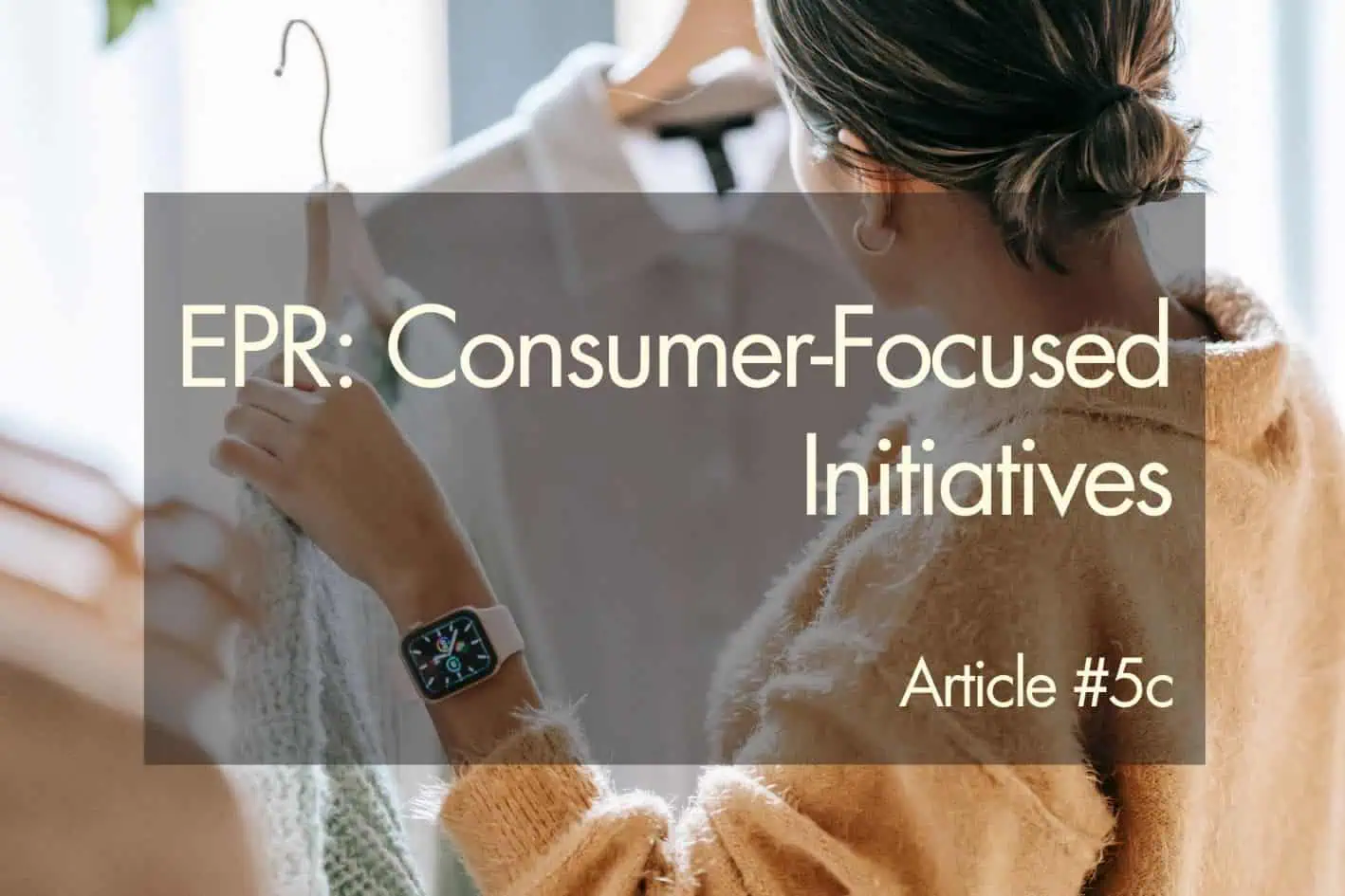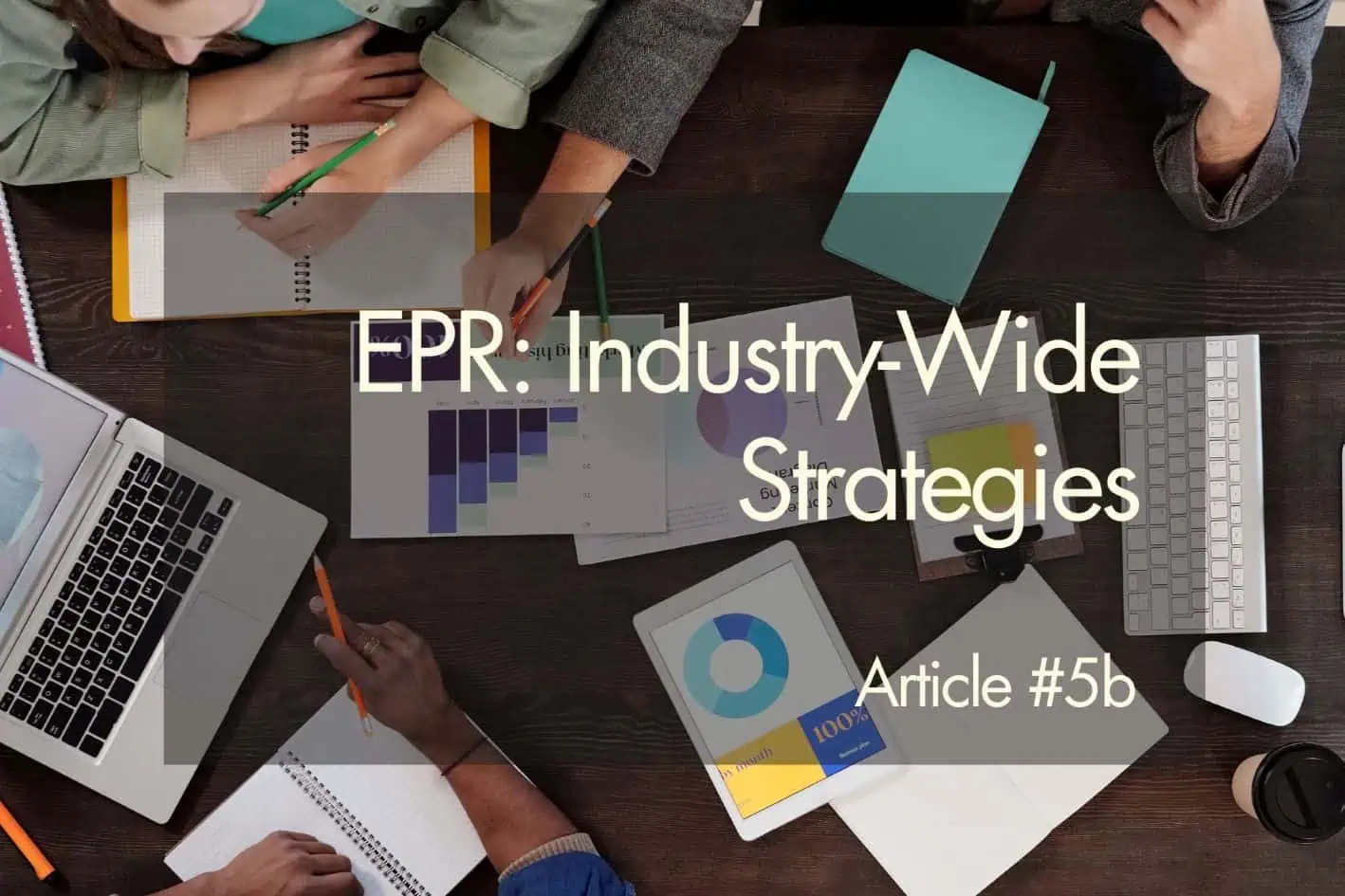France’s Extended Producer Responsibility (EPR) Scheme for Textiles
In 2007, France became the first country to establish a legal framework specifically designed to manage textile waste through EPR policy, as outlined in Article L-541-10-3 of the Code de l’Environnement (Botha et al, 2021) (Bukhari et al, 2018). The French system covers a broad range of textiles, including clothing, shoes, and household linens (Circular Online, 2023).
Under this framework, all businesses producing clothing and textiles for the French market must take responsibility for their products’ end-of-life management (Botha et al, 2021). Businesses can pay an accredited Producer Responsibility Organization (PRO), or set up a take-back program with approval from French authorities (Botha et al, 2021) (Barsony, 2023) (Bukhari et al, 2018).
The French EPR scheme emphasizes the “producer pays” principle, charging brands or retailers fees to cover recycling costs (Circular Online, 2023). This model includes eco-modulation, which reduces fees for products that are easier to recycle or contain recycled content (Circular Online, 2023).
In this article, we explore:
Infrastructure Supporting France’s EPR Initiative for Textiles
France’s EPR scheme for textiles is managed by the eco-organization Refashion. Accredited by French authorities, Refashion is a Producer Responsibility Organization (PRO), governed by a consortium of 29 manufacturers and 3 industry federations (Wilson, 2021). A PRO is an entity responsible for ensuring that producers meet their legal obligations related to the end-of-life management of their products, including collection, recycling, and proper disposal (Second Life Circular, 2022). This organization ensures that textile and footwear producers comply with EPR requirements.
Producers can choose to comply with EPR requirements individually or collectively (Girling, 2024). Some large fashion brands like H&M have implemented their own take-back systems; however, 95% of the French market relies on the collective compliance scheme managed by Refashion (Girling, 2024) (Bukhari et al., 2018). Currently, Refashion has over 4,000 registered members (Girling, 2024).
Setting up an individual waste collection and treatment system is typically complex for most companies, due to the stringent requirements set by the accrediting ministry (Refashion, n.d.). As an alternative, companies can transfer this responsibility to Refashion by financially contributing to the organization (Refashion, n.d.) (SGS, 2023).
The infrastructure for textile waste collection in France includes 44,000 collection points across the country (Wilson, 2021). Consumers can access collection points via an online interactive map (Botha et al, 2021). They are located in supermarkets, shopping malls, private parking spaces, charitable organizations, and in on-street containers (Botha et al, 2021) (Bukhari et al., 2018). The collected textiles are sorted, resold, redistributed to those in need, exported, or processed at recycling facilities (Bukhari et al., 2018).
Despite the robust infrastructure, there are some gaps, such as the monitoring of used clothing sold through online platforms like eBay and Letgo (Bukhari et al., 2018); However, the main focus remains on ensuring that the majority of collected textiles are sorted and recycled through authorized channels, as mapped out on Refashion’s interactive platforms (Bukhari et al., 2018).
Fees Supporting France’s EPR Initiative for Textiles
Fee Structure and Calculation:
Businesses must pay an eco-contribution fee based on the following calculation:
Estimated volumes put on the market 2024 x Scale 2024 including repair fund + Administrative costs: 30€ + ADEME fee (Refashion, 2024)
Eco-Modulation Incentives:
Refashion incentivizes the use of sustainable materials by offering reduced tariffs for products containing recycled fibers. Two levels of eco-modulation are designed to encourage the integration of pre and post-consumer textiles (Bukhari et al, 2018):
- Eco-Module (1) Tariff: Producers incorporating at least 15% post-consumer recycled fibers into their products receive a 50% discount on the standard tariff (Bukhari et al, 2018).
- Eco-Module (2) Tariff: Producers using at least 30% pre-consumer recycled fibers benefit from a 25% discount on the standard tariff (Bukhari et al, 2018).
To qualify for these discounted tariffs, producers must provide documentation verifying the type, origin, and proportion of recycled materials in their products.
Fixed Tariffs for Small Producers:
Companies with annual revenues under €750,000 or those that sell fewer than 5,000 items annually are entitled to a fixed tariff of €75 per year excluding taxes (Bettin, 2021).
Usage of Fees:
The fees collected by Refashion are used to fund the entire lifecycle management of textile waste. This includes the costs associated with collection, sorting, and recycling processes (Botha et al., 2021). Additionally, Refashion’s income supports communication efforts, research and development initiatives, and the maintenance of an online platform that helps retailers assess and improve the sustainability of their textiles.
Impact and Effectiveness of France’s EPR Program for Textiles
Volume of Textile Production and Market Dynamics:
According to the 2022 European Union’s strategy for sustainable and circular textiles, the EU’s textile and clothing industry included over 160,000 companies, employed about 1.5 million people, and generated revenue exceeding $162 billion (Obando, 2022). In 2018, EU citizens consumed 12.3 kg of textile products per capita, with 81% being clothing and the remainder household textiles (Obando, 2022). France alone sold nine million textile items daily in 2022, amounting to 3.3 billion items (827,000 tonnes) annually (Girling, 2024). This translates to an average of 40 clothing items, four pairs of shoes, and five household linen items per person per year (Girling, 2024).
Collection and Recycling Rates:
The introduction of the EPR program in 2007 aimed to address the challenge of managing used textiles, initially estimated at 600,000 tonnes per year (10 kg per person) (Obando, 2022). The program has increased the volume of textile waste collected, from 100,000 tonnes in 2009 to 239,000 tonnes in 2018 (Obando, 2022).
By 2021, Refashion collected 244,448 tonnes of textile waste (3.6 kg per capita per year) at its drop-off points (Obando, 2022). The goal for the end of 2022 was to reach 300,000 tonnes of waste collection annually (Obando, 2022).
Economic and Employment Benefits:
The EPR initiative has led to economic benefits and job creation. In 2016, fashion retailers contributed €17.2 million in tariffs (Botha et al, 2021). In 2017, the program created 1,400 full-time jobs in textile sorting, with nearly half of these positions reserved for workers facing employment difficulties (Botha et al, 2021).
In 2020, Refashion’s 4,096 members paid €36 million, with “€17 million allocated to sorting operators, €4 million to local community projects, and almost €1 million to innovative projects” (Wilson, 2021). This financial support facilitated the management of 517,000 tonnes of textile products and the collection of 204,000 tonnes of waste in 2020 (Wilson, 2021).
The scheme supports 64 sorting centers, predominantly in France, but also in Belgium, Holland, Spain, and Germany (Wilson, 2021).
Environmental Impact and Future Goals:
Despite these successes, challenges remain. The recycling operations are not yet fully industrialized or profitable, highlighting the need for ongoing investment and innovation. Refashion aims to renegotiate the fundamentals of the scheme to focus on recycling and achieve a fully circular and autonomous textile industry (Wilson, 2021).
Feedback and Reception of France’s EPR Initiative for Textiles
Investment and Technological Needs:
Experts emphasize the need for significant investment in sortation and recycling technology to manage the increasing volumes of textile waste diverted from landfills (Circular Online, 2023). The current infrastructure for sorting textiles by fiber type is inadequate (Circular Online, 2023). For the EPR program to succeed, advancements in design, reprocessing, and the development of local markets are crucial (Circular Online, 2023). Data collection remains a major challenge, but existing expertise can assist brands in navigating this process (Circular Online, 2023). Funding research to improve recycling processes and communication is essential for building a sustainable supply chain.
Collection and Sorting:
Textile materials are first collected through various channels. Collected items are then transported to sorting facilities. At the sorting facilities, all items are weighed and registered before sorting begins (Bukhari et al, 2018).
The sorting process faces several operational challenges. The sorting procedure is manual, labor-intensive, and costly (Botha et al, 2021). Low-quality fabrics are difficult to recover and reuse, and the mixed nature of collected materials complicates sorting and recycling (Obando, 2022). Some fabrics that could be recycled are incinerated because they contain mixed fibers (Obando, 2022). Only 30-40% of collected materials can cover the costs of recycling, indicating a need for ongoing support and investment (Bukhari et al, 2018).
Reuse and Export:
After sorting, collected clothing is either sold in charity shops, donated to people in need, or exported to global second-hand markets (Bukhari et al, 2018) (Circular Online, 2023). Much of the reused textiles are shipped to global second-hand markets, predominantly in Africa (Obando, 2022). However, some African countries are considering banning such imports to encourage the development of their local textile industries (Bukhari et al, 2018). This makes managing the export material responsibly a challenge, with textile passports being considered as a possible solution (Circular Online, 2023).
Additionally, the rental model for clothing, while meeting waste hierarchy demands, often removes high-quality materials from the recycling system, impacting funding for less-profitable waste streams (Circular Online, 2023). The fluctuating demand and prices for used clothing also affect the financial stability of sorting and recycling organizations (Circular Online, 2023).
Financial and Data Demands:
Implementing EPR schemes generally leads to significant cost increases and demands an unprecedented level of data collection (Circular Online, 2023). Businesses must register with compliance schemes, report on items placed on the market, and pay the appropriate fees. In France, the complexity of data reporting has expanded significantly to meet these requirements. For instance, under eco-modulation, the data fields required can exceed 1,000 (Circular Online, 2023).
Employment and Economic Impact:
The sorting of textiles has created 1,400 full-time jobs in France as of 2017, with nearly half of these positions reserved for individuals facing employment difficulties (Bukhari et al, 2018). The labor-intensive nature of sorting and recycling provides opportunities for a low-skilled workforce (Bukhari et al, 2018). However, financial stability for sorting and recycling organizations remains a challenge due to fluctuating demand and prices for used clothing (Bukhari et al, 2018).
Destination of Materials Collected through France’s EPR Scheme for Textiles
Collection and Reuse:
As of 2021, Refashion collected 244,448 tonnes of textiles (Girling, 2024). After the initial sorting, textiles are either reused, recycled, or down-cycled. Approximately 35% of the materials are down-cycled into products like cleaning rags and insulation materials (Bukhari et al, 2018). In 2015, 9% of collected textiles were converted into rags, while 24% became insulation materials (Bukhari et al, 2018). The remaining 6% were either landfilled or incinerated. Most of the down-cycled textiles find markets within Europe, as approximately 70% of the rags market and over 80% of the insulation market are located within Europe (Bukhari et al, 2018).
The reuse stream plays a major role in the treatment of collected textiles, representing about 57% of the total in 2021 (Obando, 2022). This is a reduction from 64% in 2014, attributed to the declining quality of products on the market, which complicates resale and recovery efforts (Obando, 2022). Reusable textiles are often diverted to second-hand clothing markets both within France and abroad (Obando, 2022). In 2021, 37% of reusable products are exported to Africa under the customs code “used clothing” (Obando, 2022). This export process has drawn criticism due to concerns over the impact on local textile industries in recipient countries (Bukhari et al, 2018).
As a result, the French Ministry of the Environment is considering a proposal to ban the export of used clothing. As of March, 2024, France’s lower house of parliament has approved a bill “that would gradually impose fines of up to €10-per-item of [exported] second-hand clothing by 2030, as well for a ban on advertising for such products” (North Africa Post, 2024).
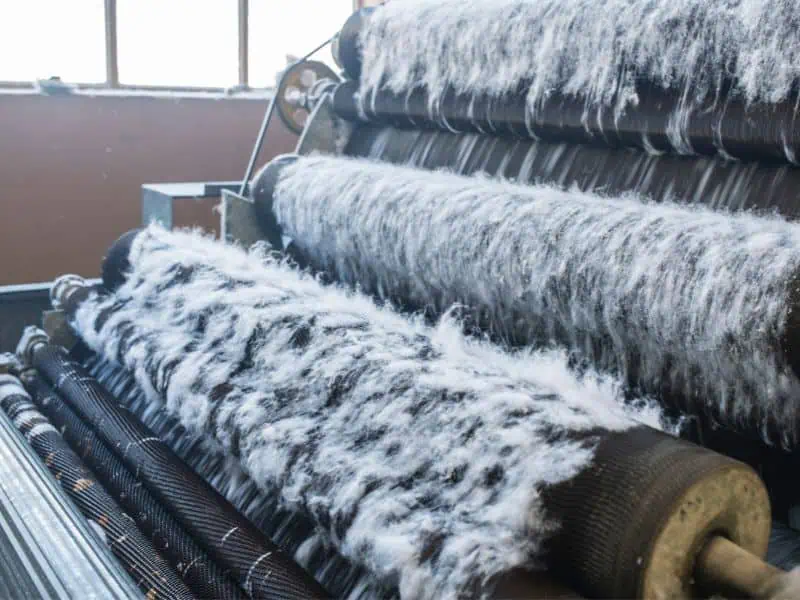
Export and Recycling:
A substantial portion of collected textiles is exported, primarily to low and middle-income countries that lack adequate waste management infrastructure (Girling, 2024). According to a 2023 report by The OR Foundation, 80% of the textiles collected by Refashion are sent to the Global South (Ricketts & Skinner, 2023).
Maud Hardy, General Manager of Refashion, emphasized the need for significant investment to develop industrial and profitable recycling solutions in Europe, stating, “Currently what’s collected for reuse is going to Africa and for recycling it’s mainly going to Asia. The key issue here is to invest massively to develop industrial and profitable recycling solutions here in Europe.” (Wilson, 2021).
Market and Economic Impact:
To enhance the recycling market, Refashion launched an internet platform called Recycle, connecting European recycling companies and producers (Obando, 2022). As of May 2024, the platform features 350 businesses and has processed 85,000 tones of used textiles and shoes (Recycle Refashion, n.d.). These companies leveraging the platform come from diverse industries, extending the outlets for recyclable matter (Obando, 2022).
Additional Noteworthy Aspects
Technological Advancements and Future Prospects:
There is a growing focus on developing automatic sorting technologies and advanced recycling methods to improve the efficiency and economic feasibility of textile recycling. Chemical recycling, in particular, is being explored to complement or replace the less efficient mechanical processes. Projects have emerged including Ouatéco, which focuses on recycling old textiles into thermal insulation (Obando, 2022). A CE-PET project by Carbios aims to chemically recycle textile and PET waste (Obando, 2022). These projects seek to enhance the quality and sustainability of recycled materials, addressing limitations such as the quality of plastic fibers.
Circular Economy and Eco-Design:
Encouraging producers to design for the environment is crucial for the transition towards a circular economy. The French EPR scheme was originally introduced to make producers responsible for the end-of-life management of their products, promoting eco-design from the production stage. However, in practice, many producers delegate their obligations to Producer Responsibility Organizations (PROs) by paying fees based on market share, which often fails to incentivize eco-design adequately (Micheaux, 2021).
To learn more about other EPR systems, please click this link to return to the main article.

Deborah King
Deborah is a sustainable fashion expert located in Toronto, Canada. She’s an Industrial Engineer with a post-grad in Sustainable Fashion Production. She grew up on the tiny island of Tortola in the British Virgin Islands, and has been sewing her own clothing since the age of 10. She founded Global Measure to help authentically sustainable and ethical fashion businesses stand out from the greenwashing noise through third-party certification.
Curious to explore EPR further or interested in potential collaborations? Dive into our comprehensive Case Study for a deeper understanding.
References:
Barsony, T. (June 2023). EU Textile EPR Directive for Fashion Brands. Retrieved on May 14, 2024 from https://www.ecosistant.eu/en/eu-textile-epr-directive-for-fashion-brands/
Bettin, L. (Dec, 2021). Textile EPR: Recycling laws for fashion e-commerce across Europe. Retrieved on May 2, 2024 from https://ecommercegermany.com/blog/textile-epr-recycling-laws-for-fashion-e-commerce-across-europe
Botha, S., Roccanova, A., and Sosa, L. (Sept 2021). EPR Policy: France’s National Programme for Textiles Recovery, Retrieved on May 13, 2024 from https://knowledge-hub.circle-economy.com/article/8959?n=EPR-Policy-France%27s-National-Programme-for-Textiles-Recovery
Bukhari, M.A., Carrasco-Gallego R., and Ponce-Cueto E. (March 2018). Retrieved on May 13, 2024 from https://journals.sagepub.com/doi/10.1177/0734242X18759190
Circular Online (May 2023). The French Connection: EPR lessons from across the Channel. Retrieved on May 14, 2024 from https://www.circularonline.co.uk/insight/the-french-connection-epr-lessons-from-across-the-channel/
Girling, J. (Jan 2024). Textiles Extended Producer Responsibility (EPR). Retrieved on May 2, 2024 from https://asiagarmenthub.net/resources/2024/wrap-textiles-epr-status-report-january-2024-v2.pdf
Korneeva, P. and Wolde, A. (2019). Circular Fashion Advocacy: A Strategy Towards a Circular Fashion Industry in Europe. Retrieved on May 2, 2024 from https://ecopreneur.eu/wp-content/uploads/2019/03/EcoP-Circular-Fashion-Advocacy-Report-28-3-19.pdf
Micheaux, H (Mar, 2021). Eco-modulation as a driver for eco-design: A dynamic view of the French collective EPR scheme. Retrieved on May 4, 2024 from https://www.sciencedirect.com/science/article/abs/pii/S0959652620357607
North Africa Post (March, 2024). Africa watching closely French bid to ban $1bn exports of second-hand clothes. Retrieved on May 4, 2025 from https://northafricapost.com/75973-africa-watching-closely-french-bid-to-ban-1bn-exports-of-second-hand-clothes.html
Obando, N. (2022). In Europe, the circular economy in textiles is being reinvented. Retrieved on May 4, 2024 from https://www.climate-chance.org/wp-content/uploads/2023/03/bs2022_en_dechets_tendance_textiles.pdf
Recycle Refashion (n.d.). The platform that connects textile and footwear recycling professionals Retrieved on May 20, 2024 from https://recycle.refashion.fr/
Refashion (n.d.). Refashion: The eco-organization for the Textile Industry. Retrieved on May 2, 2024 from https://extranet.refashion.fr/en/
Refashion (2024). Refashion: the Eco Fee. 2024 Declaration. Retrieved on May 2, 2024 from https://refashion.fr/pro/sites/default/files/fichiers/BAREME_ECO_CONTRIBUTION_2024_REFASHION_EN.pdf
Refashion (2024). Refashion: How is the eco-contribution calculated? Retrieved on May 2, 2024 from https://refashion.fr/pro/en/what-are-eco-fees
Refashion (2024). Refashion FAQ: How is the total annual fee calculated? Retrieved on May 2, 2024 from https://faq.refashion.fr/hc/en-us/articles/7878875403933-How-is-the-total-annual-fee-calculated
Ricketts, L. and Skinner, B. (2023). Stop Waste Colonialism! Leveraging Extended Producer Responsibility To Catalyze A Justice-Led Circular Textiles Economy. Retrieved on May 3, 2024 from https://stopwastecolonialism.org/stopwastecolonialism.pdf
Second Life Circular (Sept 2022). The Role of Producer Responsibility Organization (PRO). Retrieved on May 12, 2024 from https://www.secondlife.earth/learning-center/role-producer-responsibility-organization#:~:text=A%20producer%20responsibility%20organization%20is,and%20need%20special%20disposal%20techniques
SGS (Oct, 2023). France Updates Requirements for the Textile Fashion Industry. Retrieved on May 2, 2024 from https://www.sgs.com/en-ca/news/2023/01/safeguards-1023-france-updates-requirements-for-the-textile-fashion-industry
Wilson, A. (Sept 2021). Learnings from France on textile waste and EPR. Retrieved on May 1, 2024 from https://www.innovationintextiles.com/learnings-from-france-on-textile-waste-and-epr/
